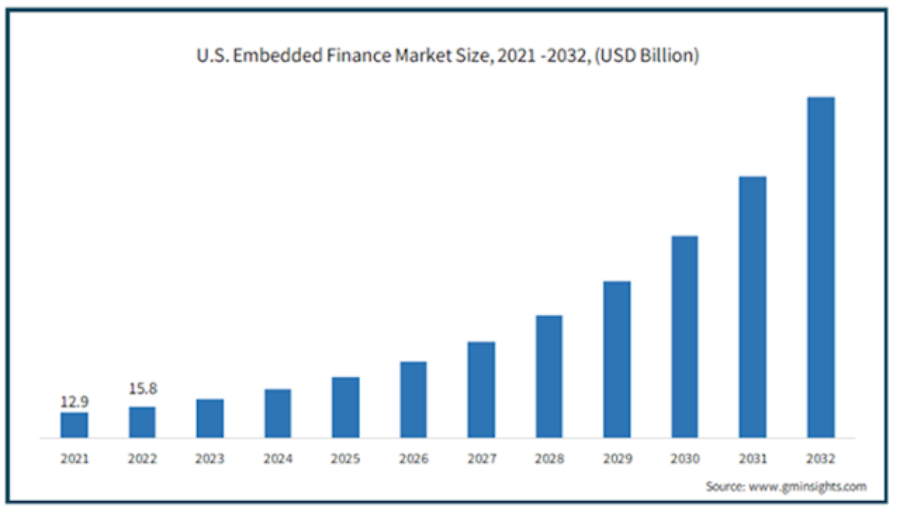
Managing product demand is a critical aspect of operations for businesses across industries. Effectively balancing supply and demand ensures optimal utilization of resources, maximizes revenue, and enhances customer satisfaction.
This article explores five key strategies for managing product demand, offering actionable insights for businesses to forecast, analyze, and respond to fluctuations in market demand effectively.
1. Data-Driven Demand Forecasting
Accurate demand forecasting lays the foundation for effective demand management. By analyzing historical sales data, market trends, and external factors such as seasonality and economic conditions, businesses can forecast future demand with greater precision.
This information is much easier to get by using a order management system which handles all aspects of your product management. Utilizing advanced analytics tools and techniques, such as time series analysis, regression modeling, and machine learning algorithms, enables businesses to identify patterns, outliers, and demand drivers, facilitating more informed decision-making and resource allocation.
2. Agile Supply Chain Management
Agile supply chain management is essential for responding quickly to changes in product demand while minimizing disruptions and costs. By adopting flexible manufacturing processes, just-in-time inventory management, and multi-sourcing strategies, businesses can adjust production and procurement levels in real time based on demand fluctuations.
Collaborating closely with suppliers and logistics partners allows businesses to optimize lead times, reduce inventory carrying costs, and mitigate supply chain risks, ensuring timely delivery and fulfillment of customer orders.
3. Dynamic Pricing Strategies
Dynamic pricing strategies enable businesses to adjust prices dynamically based on changes in demand, competition, and market conditions. By leveraging pricing optimization algorithms and real-time data analytics, businesses can optimize pricing decisions to maximize revenue and profit margins while remaining competitive.
Implementing dynamic pricing strategies such as surge pricing, demand-based pricing, and personalized pricing allows businesses to capture value from fluctuating demand levels and customer preferences effectively.
4. Promotional Campaigns and Incentives
Promotional campaigns and incentives can stimulate demand and drive sales by offering discounts, promotions, and loyalty rewards to customers. By strategically timing promotions based on demand forecasts and seasonality, businesses can capitalize on peak demand periods and encourage purchase behavior.
Implementing targeted marketing campaigns across various channels, such as email, social media, and in-store signage, enables businesses to reach and engage customers effectively, driving awareness and demand for products.
5. Customer Engagement and Feedback
Engaging with customers and soliciting feedback is essential for understanding and responding to evolving preferences and demand patterns. By leveraging customer data and insights from surveys, reviews, and social media interactions, businesses can gain valuable feedback on product preferences, features, and pricing expectations.
Incorporating customer feedback into product development, marketing strategies, and pricing decisions enables businesses to align their offerings more closely with customer needs and preferences, driving customer satisfaction and loyalty.
Conclusion
Managing product demand is a complex and dynamic process that requires a combination of data-driven insights, agile operations, and customer-centric strategies. By adopting a holistic approach to demand management, businesses can anticipate, analyze, and respond to fluctuations in demand effectively, maximizing revenue, and customer satisfaction.
By leveraging advanced analytics, agile supply chain practices, dynamic pricing strategies, promotional campaigns, and customer engagement initiatives, businesses can optimize their demand management processes and position themselves for long-term success in today’s competitive marketplace.







